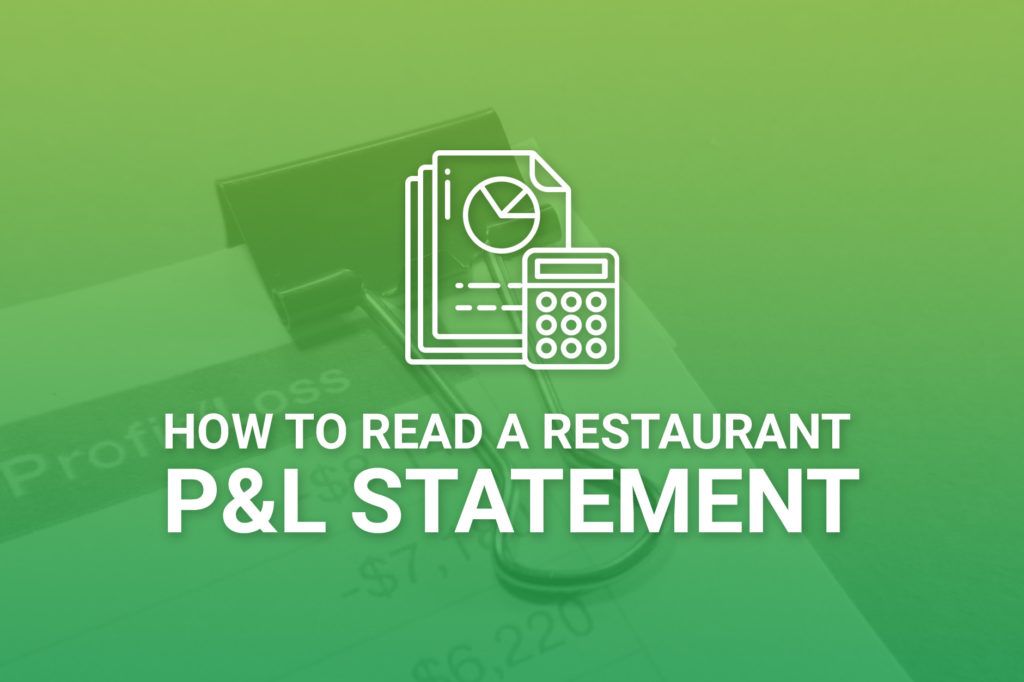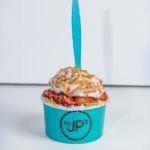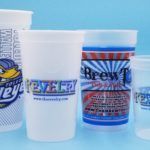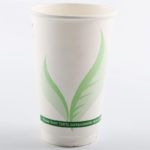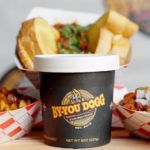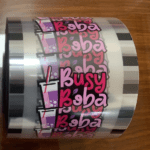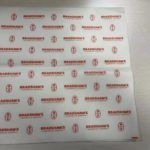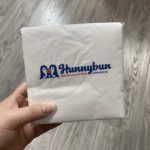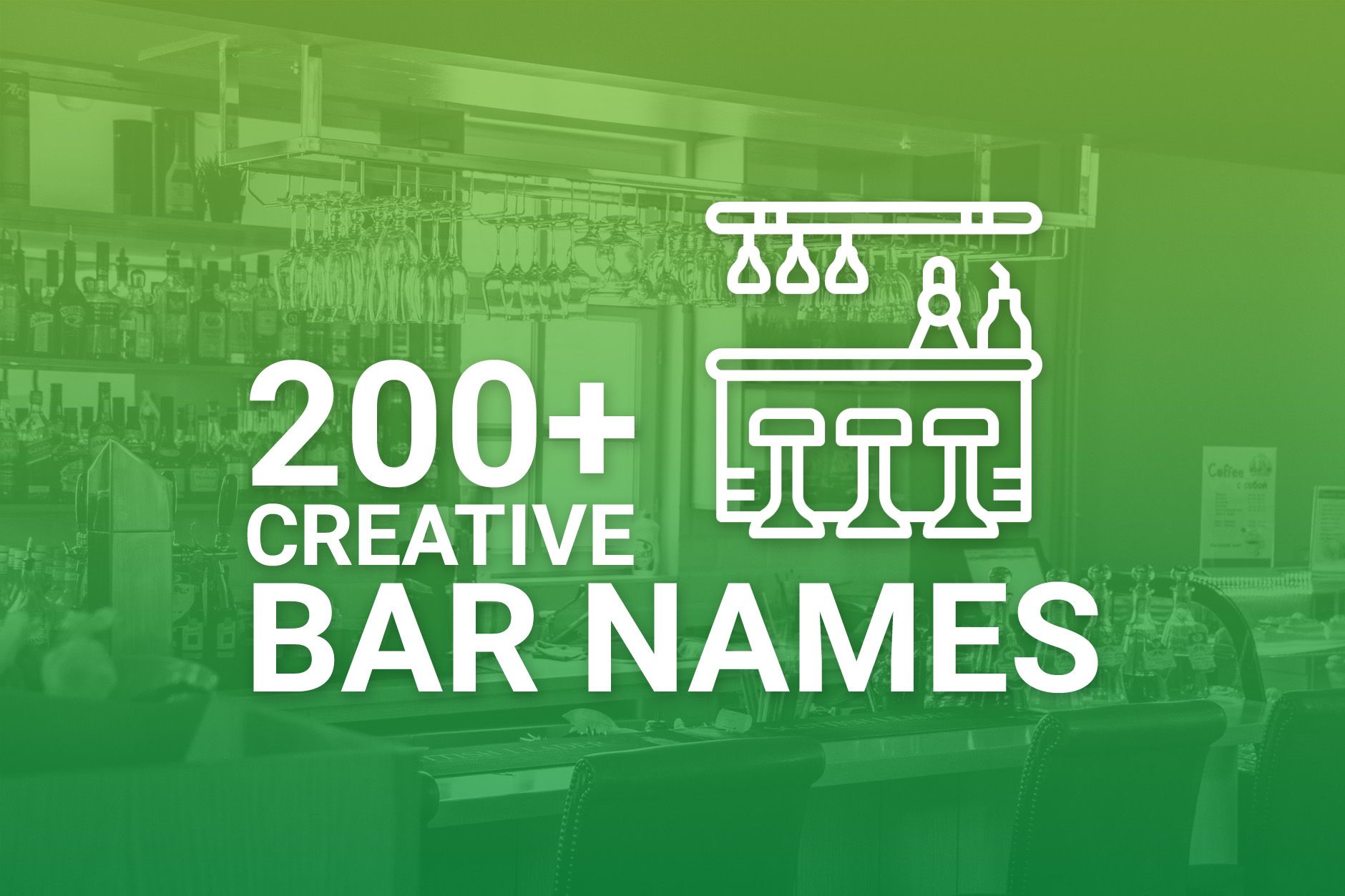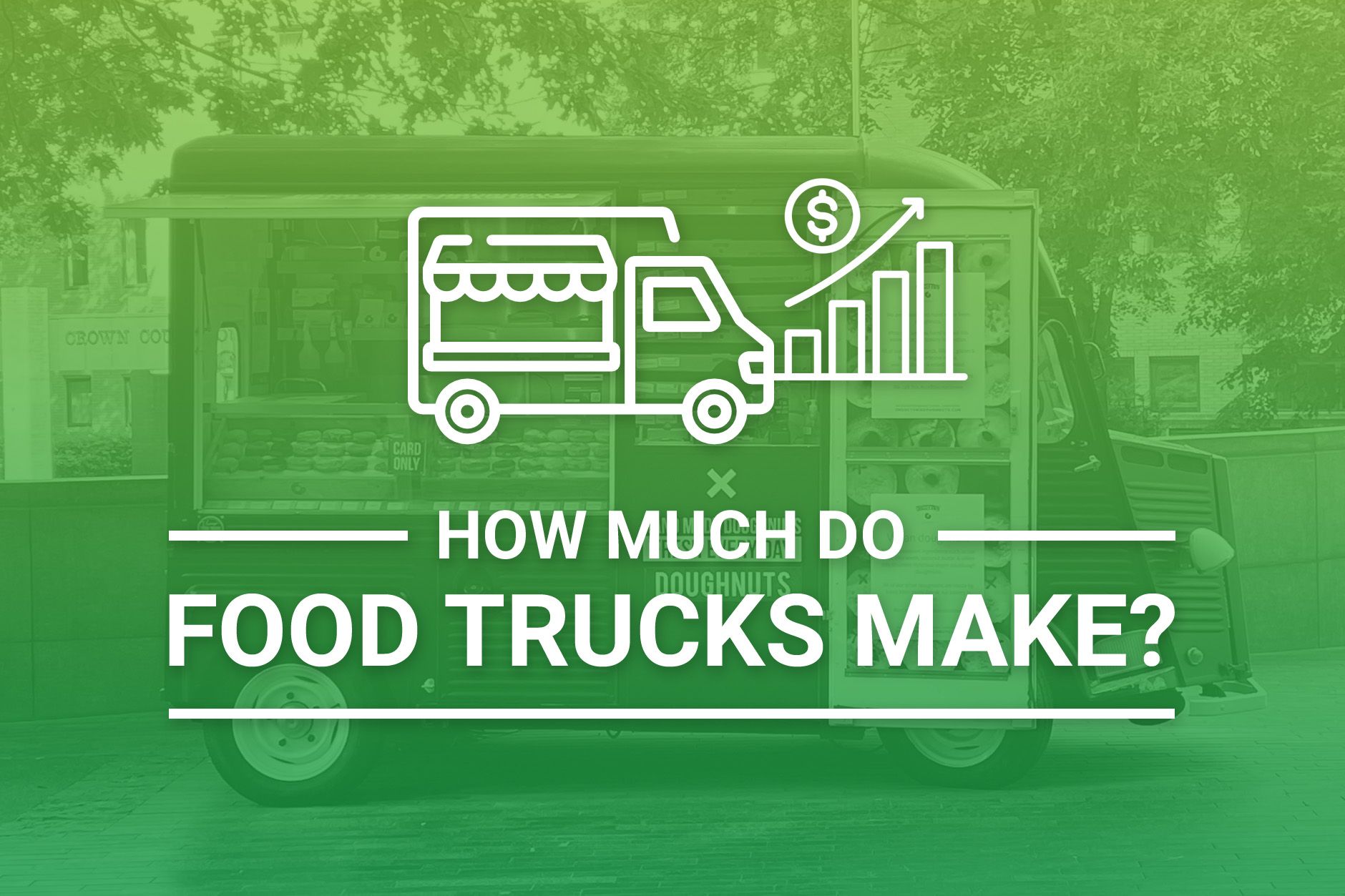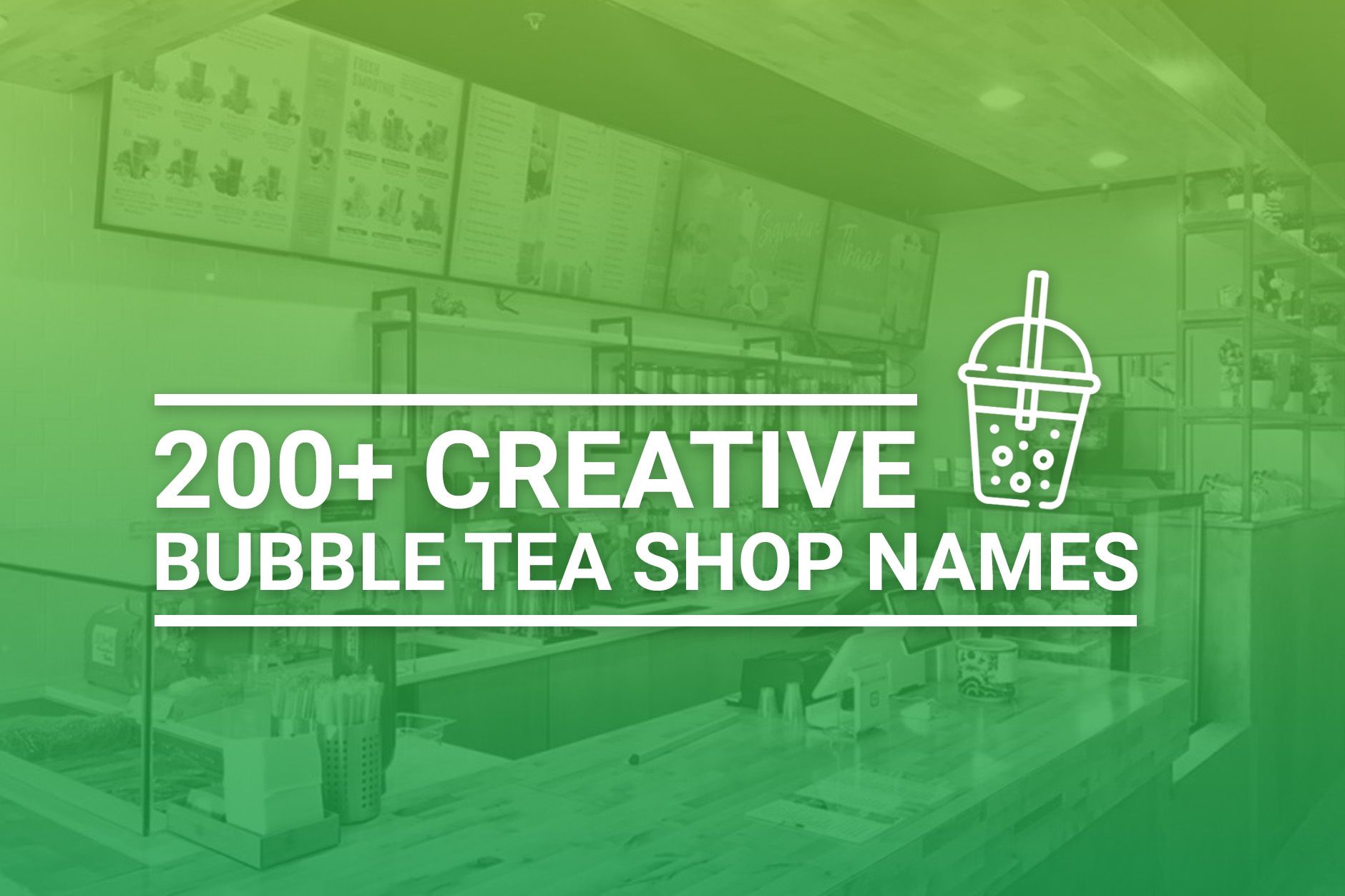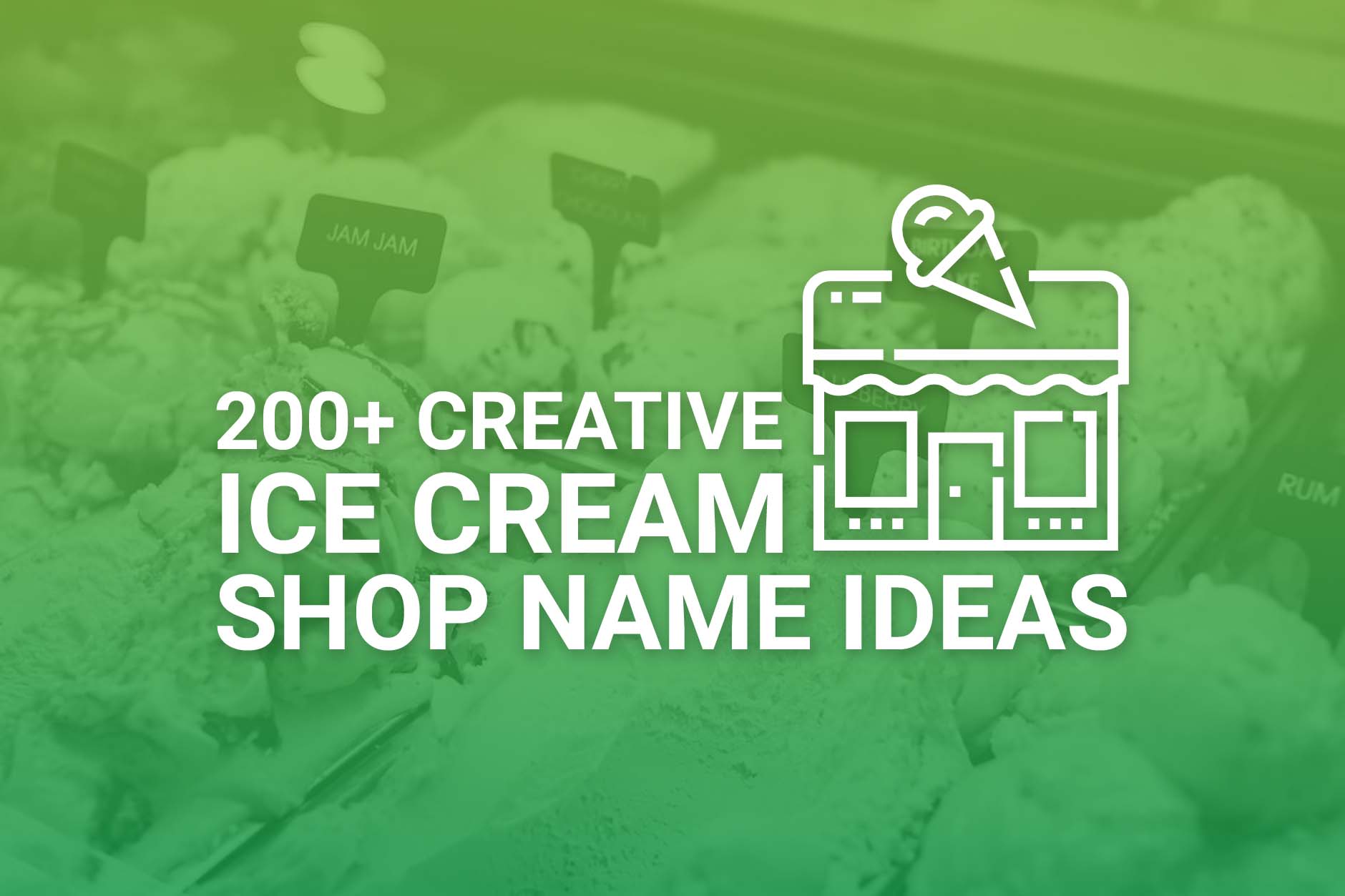When you run a restaurant, you have a lot of things to keep track of – from purchasing inventory to taking inventory to scheduling staff. Beyond these day-to-day operational tasks, you also have to closely watch your income and expenses. One of the best ways to do so is through analyzing your restaurant’s profit and loss statement.
Software programs can help you create profit & loss statements for your restaurant. The next step is learning what the numbers mean so that you can develop a strategy to cut costs, boost sales, or take other steps to stay profitable. Once you understand how to read a profit and loss statement, you can read these reports regularly to get a better sense of how your restaurant is performing over time.
As an independently-owned business, Budget Branders understands the challenges associated with running your own company. Our goal is to help restaurants, bars, coffee shops, and other small businesses succeed. Reach out today for a quote on our line of custom-branded disposable products.
What Is a Profit and Loss Statement?
A profit and loss statement, or P&L statement, is a report that provides a summary of revenues, costs, and expenses for a particular time period. A P&L statement can cover any range of time from a quarter or fiscal year to a day. A profit and loss statement provides vital information about a business’ ability to generate profit by reducing costs and/or increasing revenue.
A P&L statement is one of the most common financial reports in a business plan, because it shows how much profit or loss was generated by a company over time. By comparing profit and loss statements from different time periods, a business owner can review how these numbers change over time. This can often be more valuable information than the numbers themselves.
P&L or income statements can take many forms. At its most basic, it should include a “top line” entry for revenue. The costs of doing business – including operating expenses, taxes, cost of goods sold, and interest paid – are subtracted from the top line. The “bottom line” is net income (profit or earnings).
Profit and loss statements are prepared using one of two methods: cash or accrual. The cash method only accounts for money received or paid, and is commonly used by smaller businesses. By contrast, the accrual method records revenue as it is earned (i.e., money that is expected), and liabilities as they are incurred, even if they have not yet been paid. Whatever method you choose to use, make sure that you are consistent.
The Four Main Categories of A Profit & Loss Statement
The profit and loss statement can ultimately be broken down into four main components or categories:
- Sales: This will be the total amount you made from the sale of food and beverages at your establishment.
- Prime Cost: Your prime cost will be your two largest expenses: the costs of food and labor. Prime costs reflect how well managers are optimizing inventory and labor.
- Operating Expenses: Operating expenses encompass all of the costs needed to operate your restaurant outside of labor and food costs. Most operating expenses are “fixed” expenses – meaning they are incurred regardless of the quantity of sales made. These expenses include things like internet, rent, waste removal, and phone bills.
- Net Profit: Net profit is the total amount you’ve made after subtracting your prime cost and operating expenses from your sales.
It’s important to understand these terms, because you’ll see them in your profit and loss statement.
How to Create a Restaurant P&L Statement
If you have purchased accounting software for your restaurant, creating a restaurant profit and loss statement should be relatively straightforward. To do so, you will simply need to choose a timeframe (weekly, monthly, quarterly, or annually) and then input data. Some of this data – such as sales – should be uploaded automatically from your point of sale (POS) system.
Recording Sales
The sales section is incredibly important, because it shows how much money your business is bringing in over time. You can choose to track sales by category – such as food, alcohol, take-out versus eat-in, or other types of sales – or keep it relatively simple. Again, if your POS system offers tracking and reporting, you can connect it to your accounting software to automate this process.
Tracking Cost of Goods Sold (COGS)
Next, you will need to enter in the cost of goods sold (COGS). The cost of goods sold is simply the cost of the inventory that you used to create the menu items sold during a particular time period. Standardized food and drink recipes make it easy to determine these numbers. For example, if you sell 20 salads and it costs you $5 in inventory to make each salad, then the COGS for this salad is $100.
Accounting For Labor Costs
After COGS, you will need to input information about the cost of labor for both hourly and salaried employees. Calculate the amount of labor expenses during the selected time period and input it into the program as a cost. Keep in mind that many software programs will calculate this for you automatically if they include scheduling and other employee-related tools.
Adding In Fixed Costs
Finally, you will need to put in some fixed costs, including operating expenses such as supplies, repairs, and advertising, and occupancy expenses like rent, real estate taxes, utilities, and insurance. If you own your establishment or expensive kitchen equipment, you should also include depreciation.
This may sound tedious – and it can be! But if you get into a good habit of entering in certain information on a regular basis and have a good software program, much of the work will be automated for you. That can make producing a P&L statement much easier.
How to Read a Restaurant Profit & Loss Statement
Once you have created a P&L statement, the final step is to read and analyze it to determine the overall financial health of your business. There are four key areas to focus on when reviewing this statement.
First, examine costs as a percentage of sales. These numbers show how much of your profits are being eaten up by each category of expense – such as food or labor. For example, a typical food cost percentage is 28 to 35%, depending on the type of food served. If you see a particular cost percentage shooting up, it may be an early warning sign that something is going on that you need to address.
Second, look at gross profit and gross profit margin. Gross profit is calculated by subtracting the COGS from total sales. Beside each number, there should be a percentage – that is the gross profit margin. These numbers (particularly the gross profit margin) will give you a good idea of how food and beverage costs are affecting your margins. This can help you set menu prices that account for things like inflation.
Third, check the “bottom line” for the net profit/loss. These numbers take into account all of your expenses and sales. If the number is positive, then your business is earning a profit. If it’s negative, then you are operating at a loss. Track this number over time to see how your profits or losses are changing so that you can adjust accordingly.
Fourth, examine the prime cost number, which is the sum of labor expenses and COGS. Unlike operating and occupancy costs, these expenses are not fixed. That means that you can work to reduce these costs if your profits are decreasing. Paying close attention to prime cost can help you cut expenses and increase profits.
How Often Should A Profit & Loss Statement Be Run?
Creating a P&L statement used to be a fairly time-consuming task, but restaurant accounting software has automated a lot of the work so that reports can be run on a more frequent basis without much effort. Ideally, a profit and loss statement should be generated on a daily basis.
Analyzing performance on a daily basis allows you to quickly respond to excessive expenses and adjust business operations to avoid very costly mistakes. Running reports for a larger span of time (like a month) will provide less insight into how daily operations are impacting your sales and expenses. If you overspend on labor and you only generate a P&L statement once a month, you could end up overspending for the entire month instead of just one or two days.
Looking For Accounting Software For Your Restaurant?
Don’t have accounting software currently set up for your restaurant? Not sold on the software you’re currently using? Budget Branders has taken the time to review many accounting software options currently available to restaurant owners. We’ve highlighted some of the best restaurant accounting software options in a previous post here. Software that you find easy to navigate and use will make the tasks of reading and analyzing your profit and loss statements significantly easier.
Take Your Restaurant to the Next Level with Budget Branders
Staying profitable as a restaurant can be a challenge. One way that business owners can increase sales and profitability is through lean, smart marketing. Adding your restaurant’s logo to the disposable cups, bowls, and bags that you’re already buying is an easy, cost-effective way to achieve this goal. You’ll earn impressions and sales for pennies on the dollar as your disposable are carried out of your restaurant and into the world.
Budget Branders works collaboratively with small and medium-sized restaurants throughout the country. We offer custom-branded disposables at fair prices, and in quantities that make sense for independent restaurants. Using branded products can help to expand your restaurant’s reach and improve your marketing efforts.
To learn more, submit a contact form or a quote request for one or more of our products. Our branding experts are always available to answer questions. Simply press the live chat button to get started.
